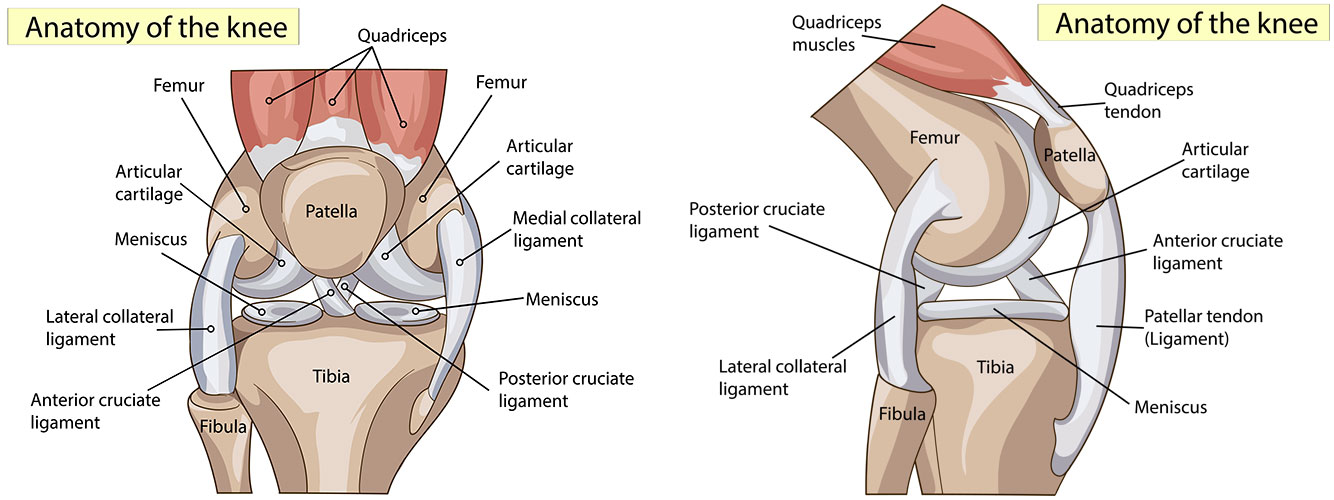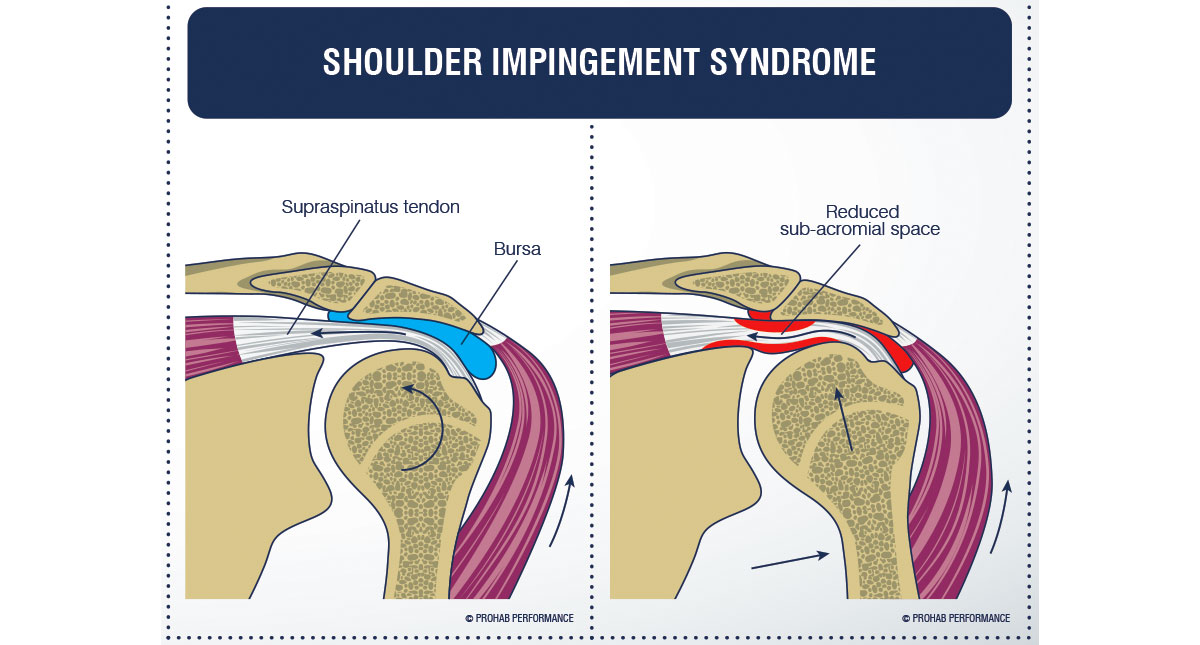As physical therapists, we help our patients manage pain in a variety of ways. Dry needling is one relatively new treatment that can have great results. Dry needling involves inserting a thin, stainless steel needle directly into the involved muscle to target a myofascial trigger point, or sensitive “knot” in a muscle. The needle acts to release muscle tightness to regain normal blood flow, oxygen, and range of motion. All of which can help speed up a patient’s return to active rehabilitation.
Why Is It Called Dry Needling?
The term “dry needling” is used because the filiform needles do not use medication or inject fluid in the involved area. Depending on the underlying issue and clinician’s discretion, the needles can be left in place for a short duration or moved in and out or “pistoned” in the muscle to release the trigger point. Because of this, other terms commonly used to describe dry needling include trigger point dry needling and intramuscular manual therapy.
It may sound intimidating, but dry needling is safe and often an effective technique used to treat a variety of sports injuries and muscle pain.
Is It Different from Acupuncture?
Dry needling is not acupuncture, a practice based on traditional Chinese medicine and performed by acupuncturists. Both treatments use the same type of needle, but acupuncture does not target specific muscle areas. Therefore, the needle is not inserted below skin level. Acupuncture is used to target body energy flow to help relieve pain and a variety of other symptoms. Also, in contrast to dry needling, acupuncturists will apply needles in various locations on the body to achieve desired results.
What Can I Expect with Dry Needling?
Physical therapists wear gloves, and the sterile needles are disposed of in a medical sharps collector. There are few complications to dry needling, but they do include localized bruising, bleeding, and temporary soreness.
Commonly, dry needling is used in conjunction with exercise and other treatments in a physical therapy program to achieve desired results. As with all treatments, results do vary but often patients can feel improvements with pain in as little as 1-2 treatments.
In conclusion, both dry needling and acupuncture are treatments that can provide great results but are used for different underlying impairments. It’s always advised to consult with a medical professional.
If you’re interested in learning more about dry needling, we offer this service in our Rogers office. Give us a call or schedule an appointment to see if this is a good treatment option for you.
Written by Evan Hill, DPT


